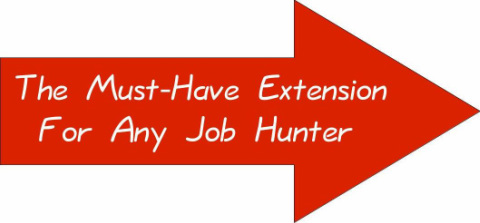How to Start a Resume
Facing a blank page when you are trying to figure out how to start a resume can be very scary. You may think that you don’t have enough to say about yourself to fill a page; you may be wondering just how to list all of your skills and experience within a single sheet of paper. To get started, ask yourself some questions about your past jobs and your career goals.
Before you even begin writing a resume, define the exact reasons why you need one. While this may sound simple, it takes more than saying, “I want to get a new job.” Consider your career objective first. Make sure that your goals are specific in terms of industry, position title, and future professional achievements. Once you are clear on the type of job you are seeking, it will be much easier to compose a resume that highlights your expertise in the area of your interest.
Once you have your career objective developed, do some research on a resume format that is most commonly used and may be most appropriate for your industry. Search the Internet or check out the books in your local library to get a better idea of what well-written professional resumes look like. Once you find a format that best suits your field and your career objective, use the same layout to get started.
When listing your personal information at the top of the resume, include your address, home and/or mobile phone number, and your email address. A helpful hint about listing your email address – make sure that it contains your name, as this helps you appear more professional. You can create a free Yahoo email account; it also maybe helpful to have one email address as a point of contact for your job search.
Before you begin listing your experiences, make sure to list them out on a separate sheet of paper, in chronological order, starting with the most recent job you had (possibly the job you are presently holding). List up to five previous jobs you have held, although make sure that your resume does not exceed two pages in length. Make sure that are listed in order; don’t skip any of your employments as this will create gaps in your professional history.
When listing your education, start with your college attendance and move to your most recent accomplishments. If you never attended college, make sure to include any courses, even if they were taken as training at your previous jobs, which will help in showcasing your qualifications. In terms of skills, make sure to list, in bullet point form, all of the abilities that confirm that you are the best candidate for the job you are seeking. You can omit references from your resume, but let your potential employer know that you can provide them if necessary. You can do so in the cover letter or by including a line at the bottom of your resume that simply states, “Professional references available upon request.” After you have learned and carried out how to start a resume, ask a friend or a family member to review your resume, and give you feedback. Having a second pair of eyes can help you correct any typos, or even bring to your attention anything that appears unclear or confusing. A well-written, error-free resume will help you put your best foot forward and get the job that exceeds your career goals. |
|
| RESUME GUIDE |
|
- How to Do a Resume
- Structure
- Specifics
- Hobbies and Interests on a Resume
- Effective Resume Words to Use
- How to Write a Professional Resume Summary
- What To Do With Gaps In Your Work Experience
- Listing Your Experience – How Far Back Should You Go?
- Most Effective Way To State Your Responsibilities In Job Descriptions
- Qualifications – What Do Employers Look For?
- Tips
- Common Mistakes
- More
- Job Interview





